” Whats so special about the Valdivian Temperate Rain forest” ?
That was the questions we asked lots of people – and to our surprise, no one had heard of it.
That’s what’s so special about the Valdivian rain forest, its unknown.
Amazing facts about the Valdivian Forest
- Its the third biggest in the world, after the Amazon and the central African rain forests.
- Its a Temperate rain forest
- Its the only rain forest with Glaciers
- 60% of its plants are endemic
The location of the Valdivian rain forest.

The word ‘rain-forest’ tells you that this is bound to be a wet area, a very wet area.
Many times whilst we were photographing the trees we had so much rain running down our clothes, our boots filled up.
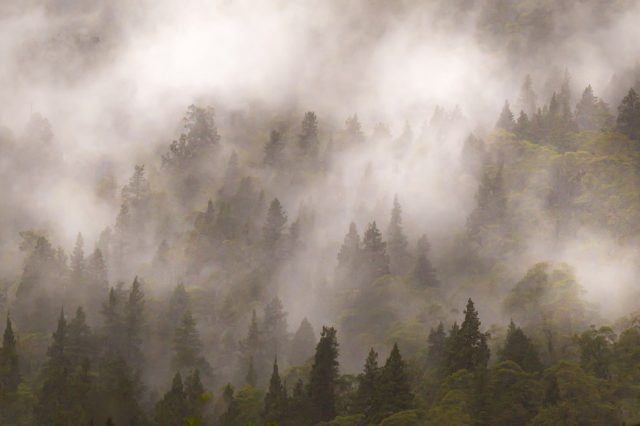
The source of this rain is the westerly winds off the Pacific.
Reaching the coast with the Andes immediately behind, the clouds burst.
Many coastal areas, including Chiloe island, receive up to 4 meters a year.
Such a special, extreme climate, is likely to produce a special animals and birds
Accordingly the Valdivian forest has evolved plants and animals as special as anywhere in the world.

Enormous ferns taller than a man, help to make this,one of most spectacular woods we’ve been in.
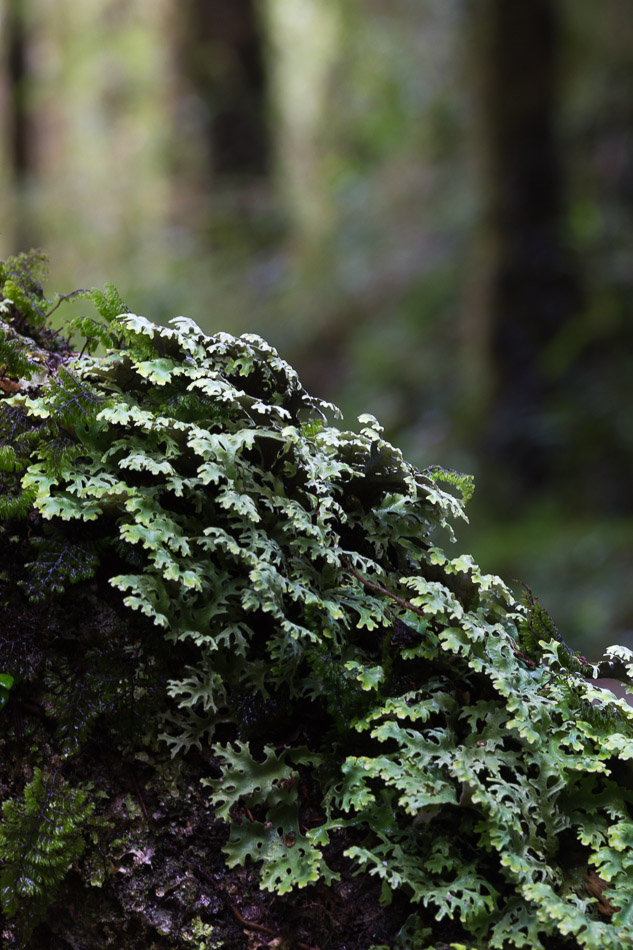
Mosses of every size and shape cover, trees, rocks and paths.
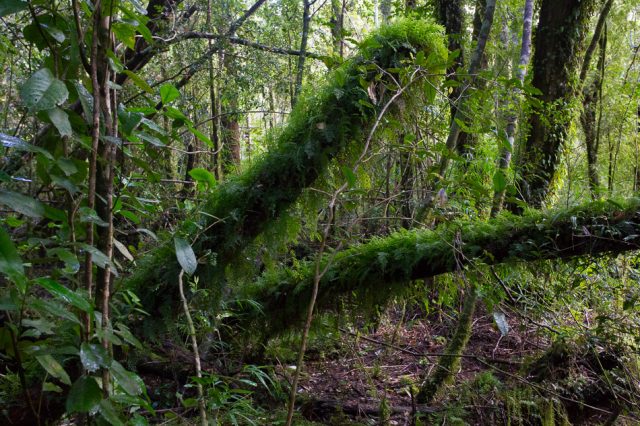
Getting around and through a rain forest is always difficult. Fallen trees, slippery tracks and a profusion of plants wrapping round each other always make progress hard.
Many of the trees of this lovely forest, grow nowhere else. For example in the Valdivian rain forest there is one particular tree, the Tepu, (Tepualia stipularis). It is evergreeen and a member of the myrtle family.
The Tepu tree grows in the wettest of places, hollows left by ancient glaciers. It is a thin and tall tree, but grows densely.
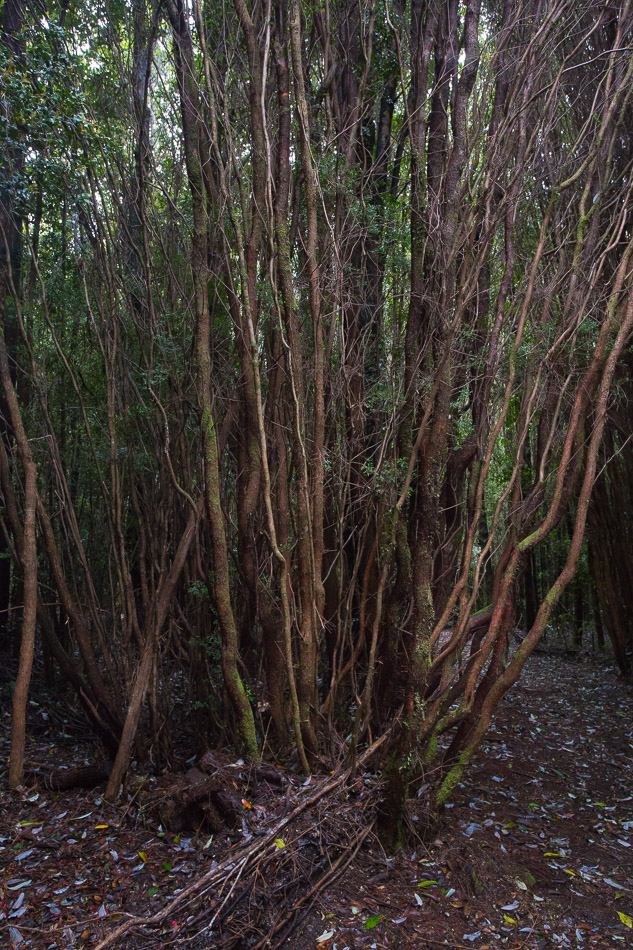
After about after about one hundred years the trees die off quickly and strong winter winds cause them to easily fall onto the forest floor.
Here they pile up and in places raise up the forest floor up to a meter.
This provides a special habitat. Older, much slower growing tree saplings beneath, sheltered from the harsh conditions and grazing deer, whilst the thin soils are protected from the heavy rain.
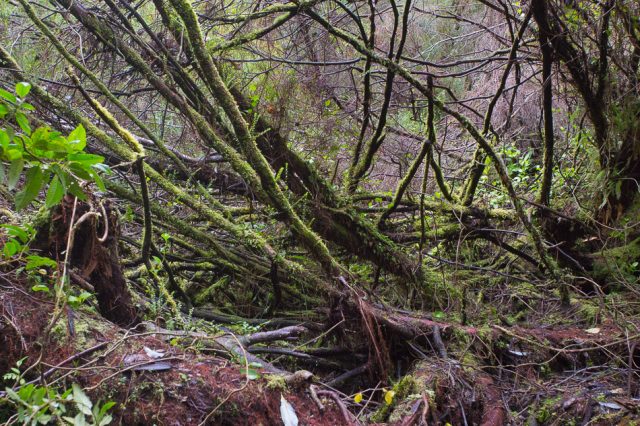
As this artificial layer builds up humus, other shorter lived plants can survive on the top where there is ample drainage and a little more light.
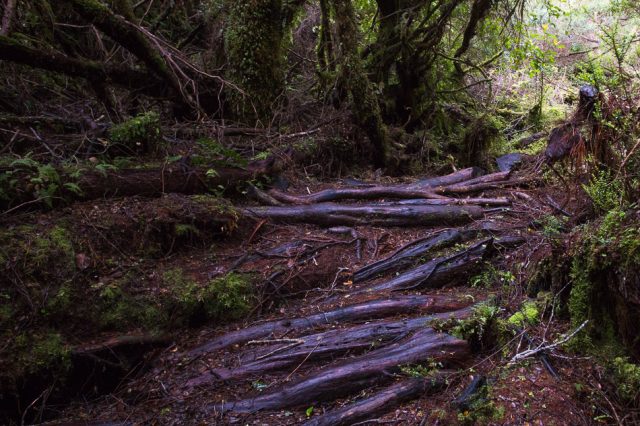
Over the years the forest floor is covered with fallen trunks and as Tepu wood is water resistant they take generations to rot away.
